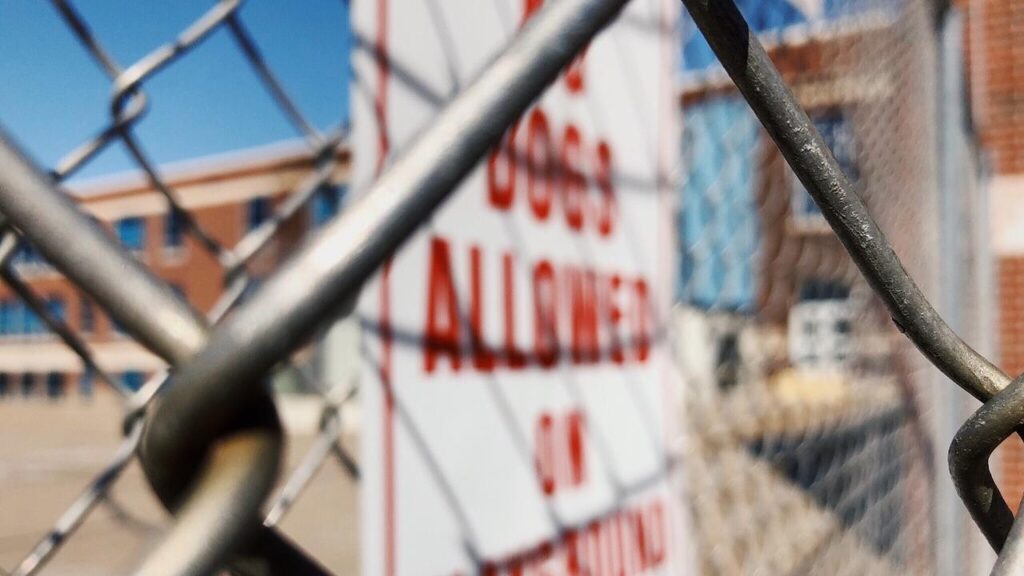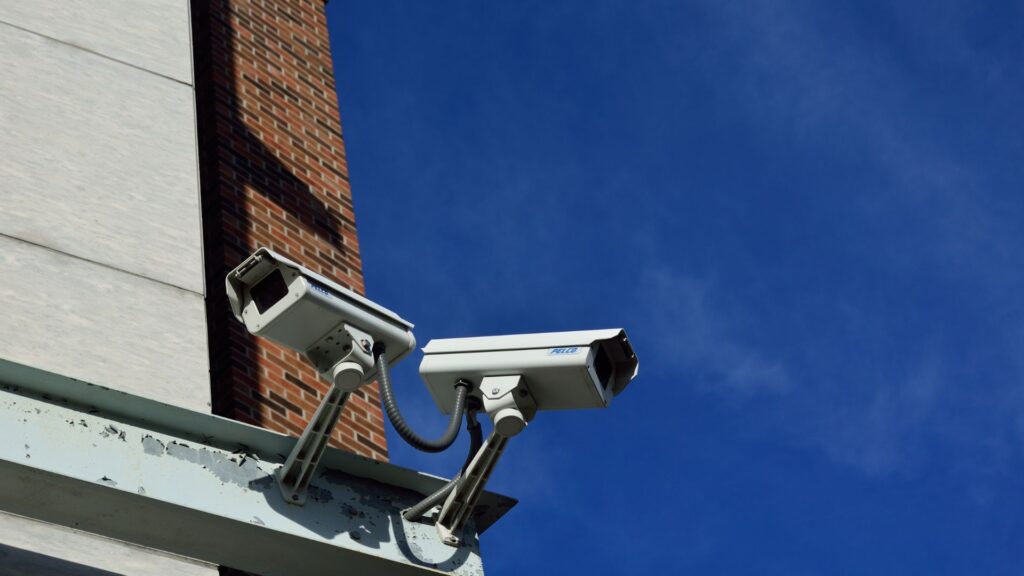What School Fortification May Look Like
There is a growing for the hardening of schools to deter mass shootings, but what exactly does that look like?

This weekend’s 4th of July shooting is shaking Americans just as the debate over gun control measures to prevent mass school shootings rages on. Parents are looking to the next school year and wondering what can be done to protect their children. While opponents still claim that school fortification may not work — due to a lack of sufficient research — hardening schools is a tactic that many districts have accepted.
Some public health researchers claim that hardening schools’ security will not deter intruders, but many beg to differ. It is now widely known that the Robb Elementary School was penetrated by an active shooter due to the fact that campus doors were not properly locked. It is a standard safety protocol for public schools to lock all side and back doors, but somehow an 18-year-old was able to break in and kill 19 children and two adults while police idly stood by.
The claim that no known instances of safety protocols deterring intruders have also been made, but that is false. Just under two weeks before the deadly Ulvade shooting, three Tennessee school staff members were able to detain an intruder who jumped a school fence and rushed into the building. The fence aided the teacher to spot him and prepare for the attack. Then, just last month, another intruder tried to break into a school and attacked the school resource officer. The school went on lockdown to prevent any students and staff from being involved and the unidentified suspect was shot. Having officers on campus, and hardening schools with fences and other safety protocols have protected children whether or not experts and politicians acknowledge that fact.
In addition, middle eastern countries — which are constantly threatened by terrorist attacks — have less school shootings than the United States because of extensive safety protocols. Single entry clearance, proper surveillance, fencing, and policing campuses all protect children in areas prone to attacks better than schools across America. Despite this, some are concerned that hardening schools may affect the learning process, as images of a full on security state leads many to question how this would aid the learning process.
In fact, school security plans, like the NRA’s School Shield program, are often criticized when discussing nationwide efforts to harden schools, yet these tactics do not work to turn schools into police stations. In fact, their main goal is simple, protecting students. In the case of the School Shield program, the focus is not primarily active shooter preparation, placing armed guards in schools, or protecting just public schools. Like many school security strategies, multiple measures are carefully examined and decided upon by the schools themselves, then implemented in the most non-obtrusive methods possible. The plans are built through individual district assessments based on community needs.
Some schools are hiring canine units to sniff our weapons and drugs. This allows them the ability to confront student issues before they become a problem. Some schools are benefiting from “Dads on Duty.” These volunteer efforts bring fathers of students into schools to help look out for everyone and offer the proper care and guidance needed to aid children when they are thinking of harming themselves or others. These are offering alternative fortification options than just simple tactics to harden schools.

Schools have been practicing active shooter drills for years. Many have security cameras, facial recognition technology, and on-duty officers for added protection. Hardening schools may seem like a futuristic concept, but it’s already happened and school violence continues to be an issue, but most incidents are isolated and are easily remedied by school security and volunteer efforts from parents.
Hardening schools is not always at the center of school fortification. Safety protocols are often found in community efforts. More after-school programs, and creating green spaces are giving students the sense of worth and care they need to peacefully remedy mental distress. While fences and affording teachers the ability to train and arm themselves (should they face a threat) are in place in many states, the odds of children falling victim to a mass school shooting are very low. As public health officials and lawmakers continue touting gun control needs, school fortification is gaining new creative suggestions which tackle both physical threats and mental health needs all in one.



